Charcoal study 49 cm x 25.5 cm visible and 88 cm x 64.5 with the frame.
Joseph Inguimberty (1896–1971) is a major French painter of the 20th century, recognized for his central role in the development of modern Vietnamese art and for his work blending Asian traditions and Western techniques.
Born in Marseille on January 18, 1896, Joseph Marie Inguimberty began his artistic training at the École des Beaux-Arts in Marseille in 1910, then at the École nationale supérieure des arts décoratifs in Paris in 1913.
Mobilized during the First World War, he was wounded in 1917 in Reims. After the armistice, he resumed his studies in the studio of Eugène Morand, alongside Maurice Brianchon, Raymond Legueult and Roland Oudot.
He obtained a travel grant in 1920 and received the Blumenthal Prize in 1922. In 1925, he was appointed professor of painting at the École des beaux-arts de l'Indochine in Hanoi, founded by Victor Tardieu. He taught there for more than twenty years, training a generation of major Vietnamese artists such as Le Pho, Mai Trung Thu, Nguyen Phan Chanh, To Ngoc Van and Nguyen Gia Tri.
In 1934, with Alix Aymé, he created a lacquer workshop, contributing to the revival of this traditional technique.
Returning to France in 1946, he settled in Menton, where he continued to paint Provençal landscapes, while retaining the influence of his time in Indochina. He died in Menton on October 8, 1971.
Inguimberty's style is characterized by a fusion of Western techniques and Asian themes. His works feature flat colors, structured compositions, and a palette dominated by green and ochre tones.
He was inspired by Vietnamese landscapes, scenes of daily life, and local traditions. Notable works include The Hammock (1938), Tonkinese Women in the Rice Field (circa 1935), and Women's Meeting (circa 1936–1938).



















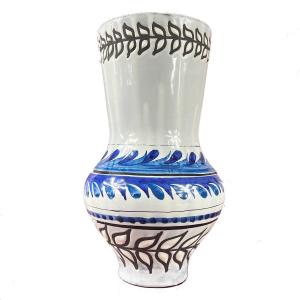

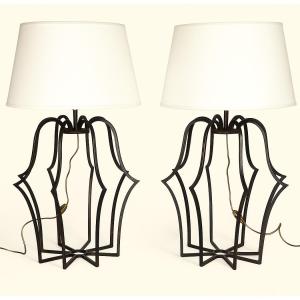


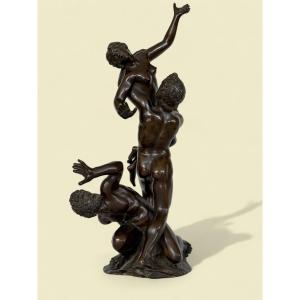



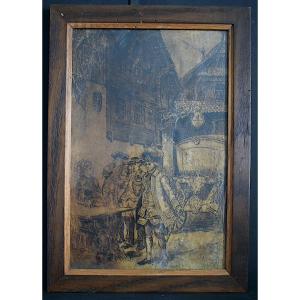

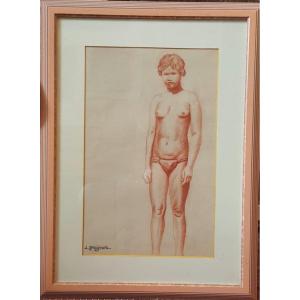

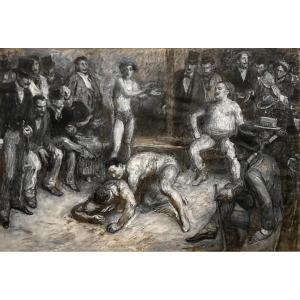



 Le Magazine de PROANTIC
Le Magazine de PROANTIC TRÉSORS Magazine
TRÉSORS Magazine Rivista Artiquariato
Rivista Artiquariato